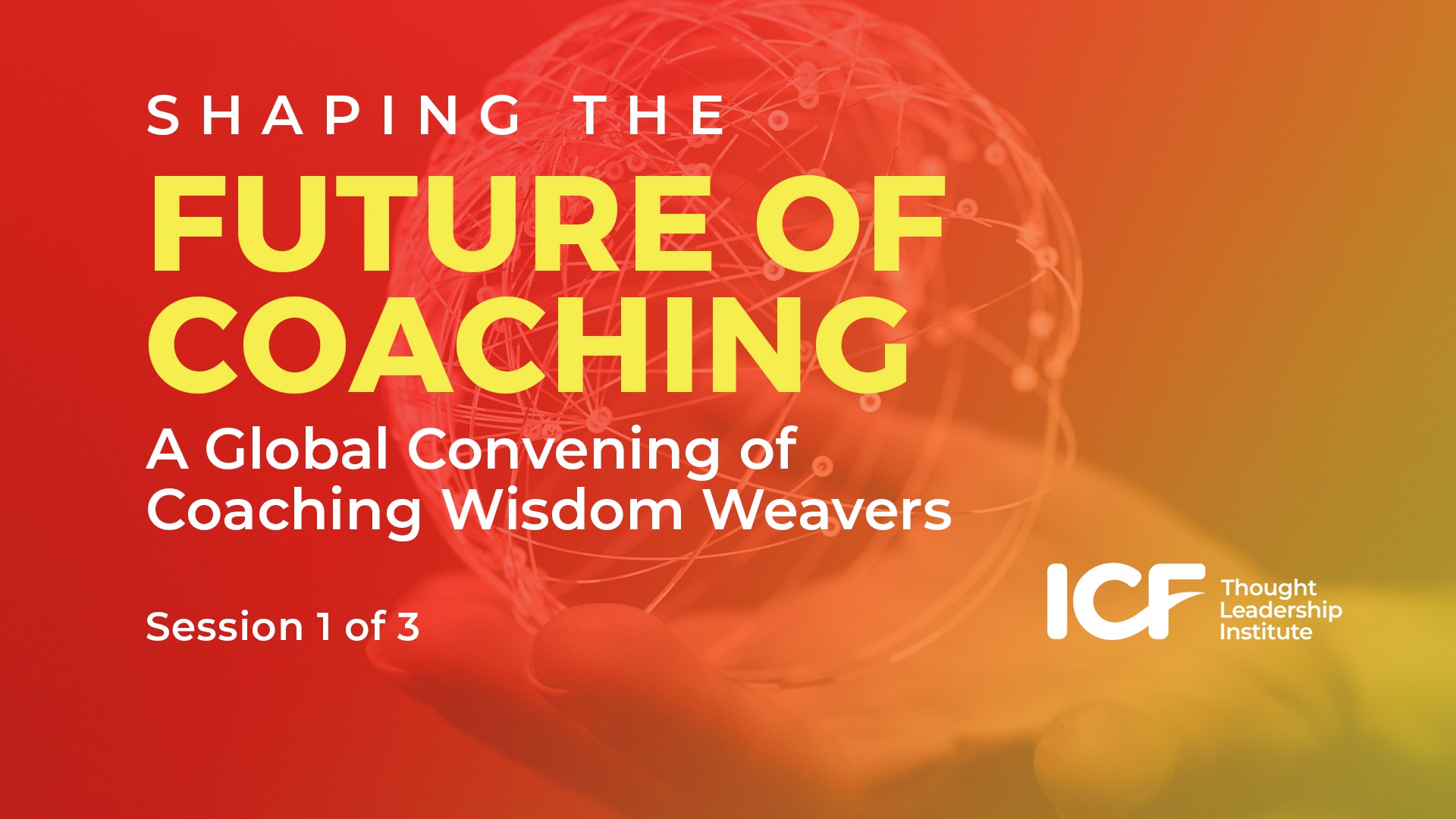Coaching approaches can address inequality
By facilitating personal growth and development, coaching has the power to address inequality. Wisdom Weavers Margaret Moore and Dr. Richard Boyatzis discuss the potential for coaching practices to raise awareness of inequality and help marginalized groups develop a sense of purpose.
Challenge:
Marginalized groups face inequality that can lead to workplace burnout
Opportunity:
A coaching lens can facilitate personal and professional growth that counteracts burnout
Impact:
Empowered workers experience less burnout and have more time to reach their goals
Wisdom Weavers

In-groups and out-groups construct unhealthy environments
A common cause of inequality is the formation of “in-group” norms, which emerge within teams and across organizations and can ostracize non-members. Wisdom Weaver Margaret Moore explains that “a lot happens to [people in] the out-groups. Painful things happen. . . they don’t feel they belong; their self-esteem takes a hit. They are afraid of discrimination, they have huge amounts of stress and anxiety, they get sick. Black men have higher rates of heart disease [and] cancer as a result of the stress of being in the out-group. The biases become self-fulfilling, your competence and confidence are impaired. You have less access to resources and opportunities, and you don’t reach your full potential.”
Wisdom Weaver Dr. Richard Boyatzis expands on Margaret’s description of adverse “out-group” experiences, explaining, “If you have intersections of gender differences and cultural differences or gender differences and cultural differences and racial differences that the effects aren’t just additive . . . the effects are multiplicative, which means that the stress and burnout—which is really built up—is huge. And if we’re ever going to coach people in a way that helps them deal with all of these things, it’s going to take some heavy-duty work because it’s not as simple as dealing with one form of stereotyping bias.”
Coaches can address inequality by:
- Understanding how a client’s context impacts their life
- Building workplace confidence and competence
Meeting clients in their context builds confidence and creates purpose-driven growth
Coaching can help people grow from traumatic events caused by inequalities. This is the post-injury solution, but Margaret suggests there may be a preemptive route that acts as a protective factor for clients. She explains,
“Coaching is all about having a vision to change the world.”

Turning the focus to the “minority non-dominant, the vision for me is that we’re helping people reach their full potential and that the context matters.” Margaret continues, “When you bring coaching to a different culture, the culture has a huge impact on how you view coaching.”
For marginalized communities, coaching can assist in building workplace competency and confidence. Coaching practices support individuals when “the desired outcomes are multiple; it could be the person’s sense of health and well-being, it could be some improvement in their behavior,” explains Richard. “The most powerful thing we do as a coach is to help someone build a new sense of purpose or reaffirm their dream, a broad vision for what they want out of life. Regardless of what the changes are . . . isn’t it true that we should look for coaching to work on a number of outcomes? Because if we allow any one outcome to be preeminent, I think it goes off course and something doesn’t get addressed well.”
Coaching needs to foster diverse thinking to best serve the client
In order to truly understand the client, coaches must consider their client’s context. Richard explains that when a coach asks: “In whose eyes is the outcome determined? That’s when we start to look at the cultural relativity that the assumptions in one culture may not be the same as in another.” He adds, “in individualistic cultures, we want to improve a person’s efficacy or individual performance for their chance at [a] better life. In collectivist cultures, people want to impose a different kind of conformity and be a part of the mass and just do what’s expected.” Unless this distinction is carefully considered, Richard cautions, coaches can worsen the impact of inequality:
“We can easily see [coaches] going off the rails and us making things worse in society or in global mechanisms.”

With these suggestions and observations in mind, the future of coaching offers hope for fostering a pluralistic and culturally diverse society. When coaches understand the individual nuances of the client, the conversation can dive deeper, and the results have the potential to be striking.
Going forth, Richard offers a bit of advice and hopes to create a more inclusive world: “Asking for more perspectives, doing more research on that, I think is going to be really key….Finding out how people’s dreams differ around the world will be absolutely amazing.”
Coaching and the United Nations Global Goals
Coaching facilitates personal growth and flourishing. With a constant hope of working beyond humanity’s mistakes of the past, the themes discussed strongly connect with two of the United Nations Global Goals. In particular, Goal 5 and Goal 10 respectively, aim to achieve gender equality and empower all women and girls and reduce inequality within and among countries and nations. Through awareness and assistance, solutions to widespread problems can rise up through the application of coaching intervention.
About this Convening
Forty-one Wisdom Weavers from across the globe gathered to share their thoughts and observations on Shaping the Future of Coaching across three separate Future of Coaching Convenings in September 2021. Learn more about the participants and topics covered in this Convening.
For the complete report and research recommendations, see Boyatzis, R.E., Hullinger, A., Ehasz, S.F., Harvey, J., Tassarotti, S., Gallotti, A., & Penafort, F. (2022). The grand challenge for research on the future of coaching. Journal of Applied Behavioral Science. DOI: 10.1177/00218863221079937




